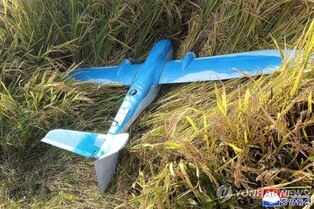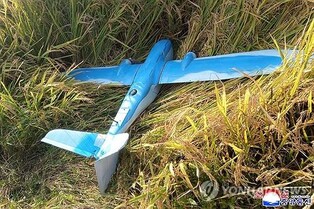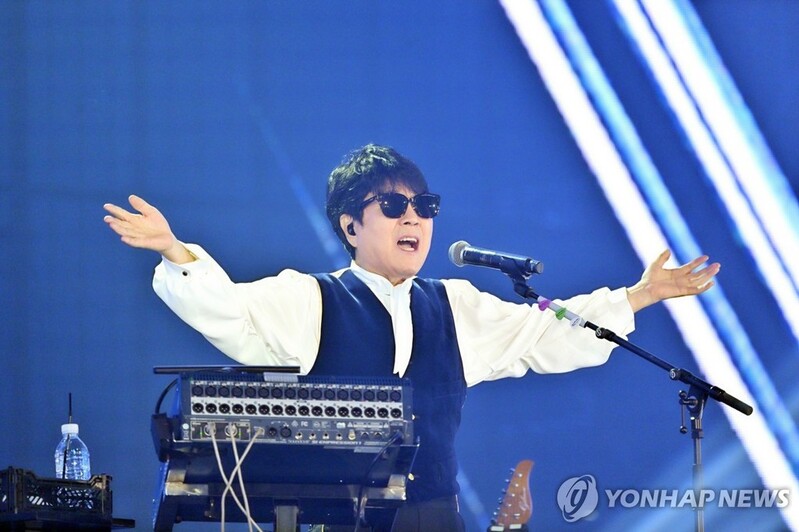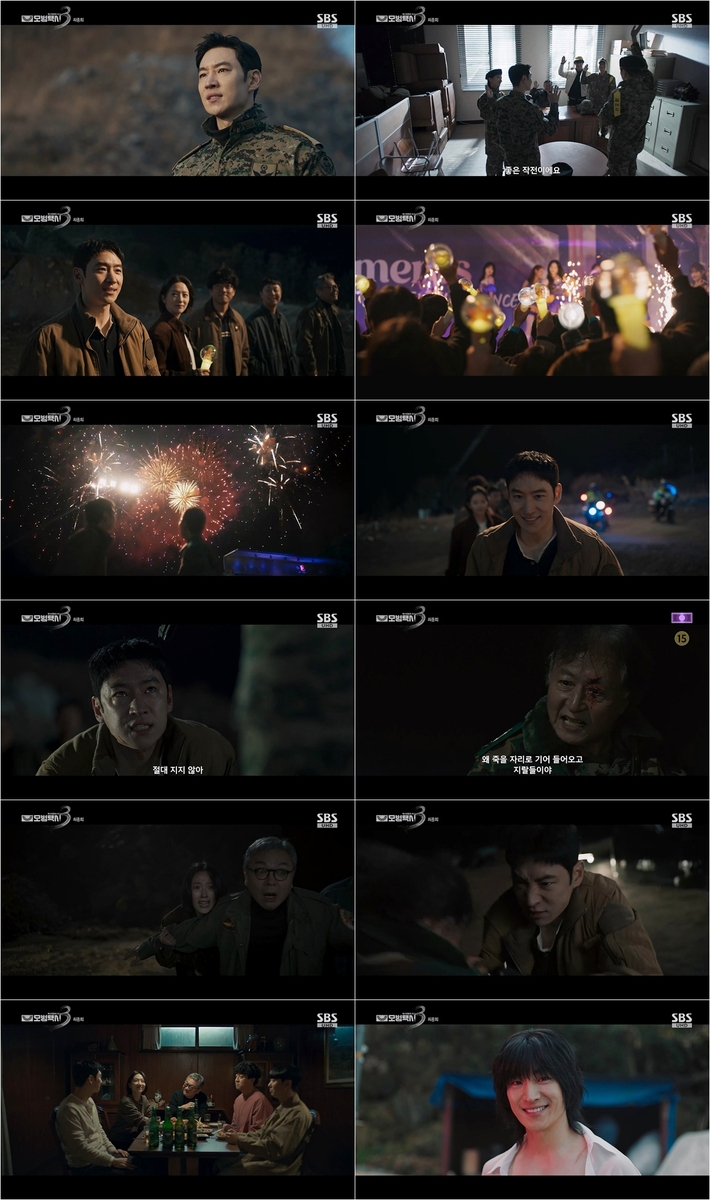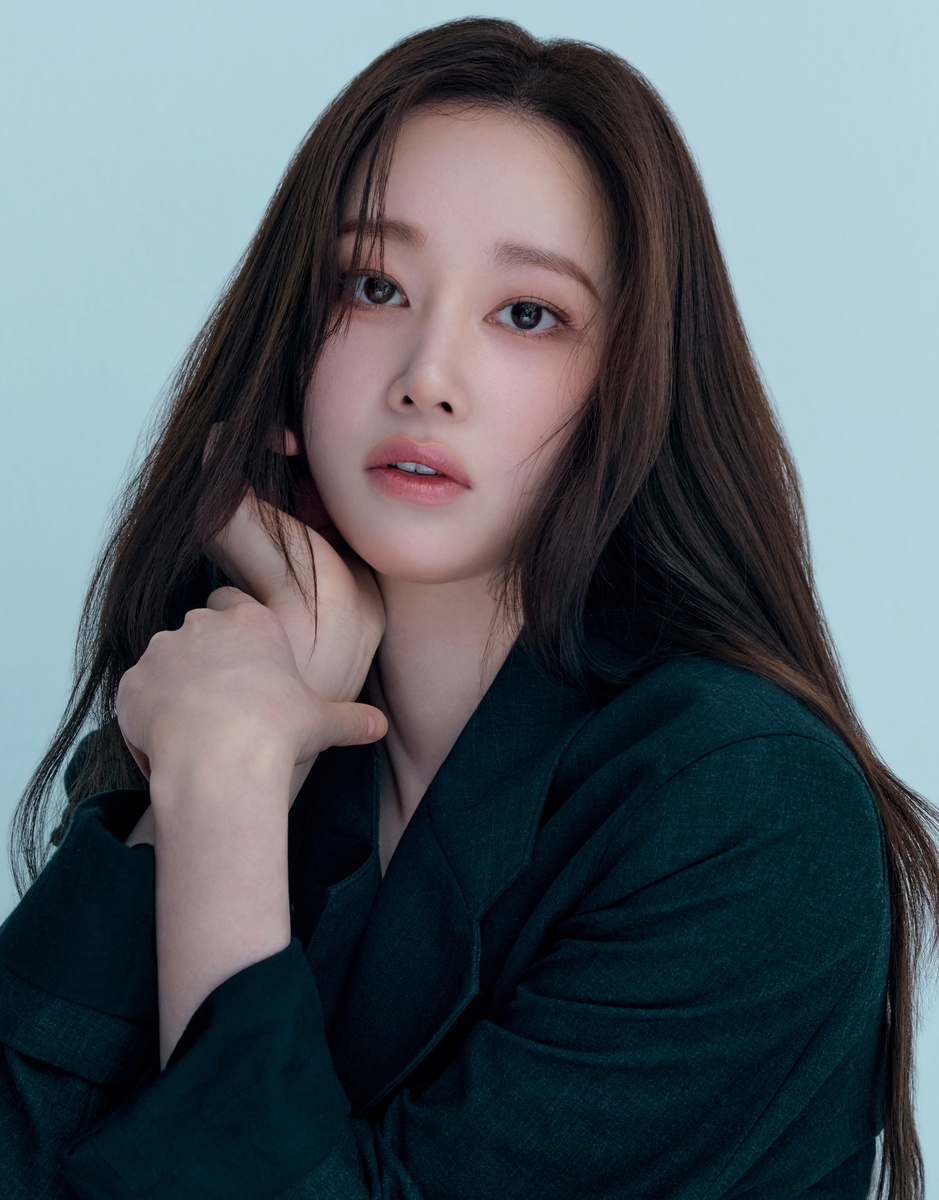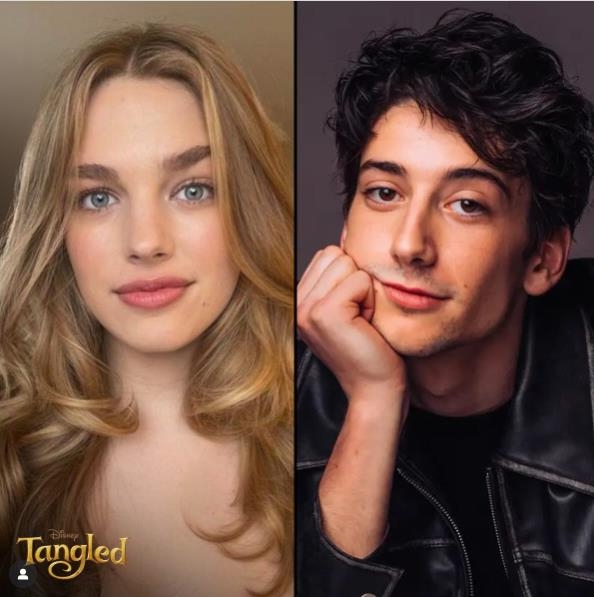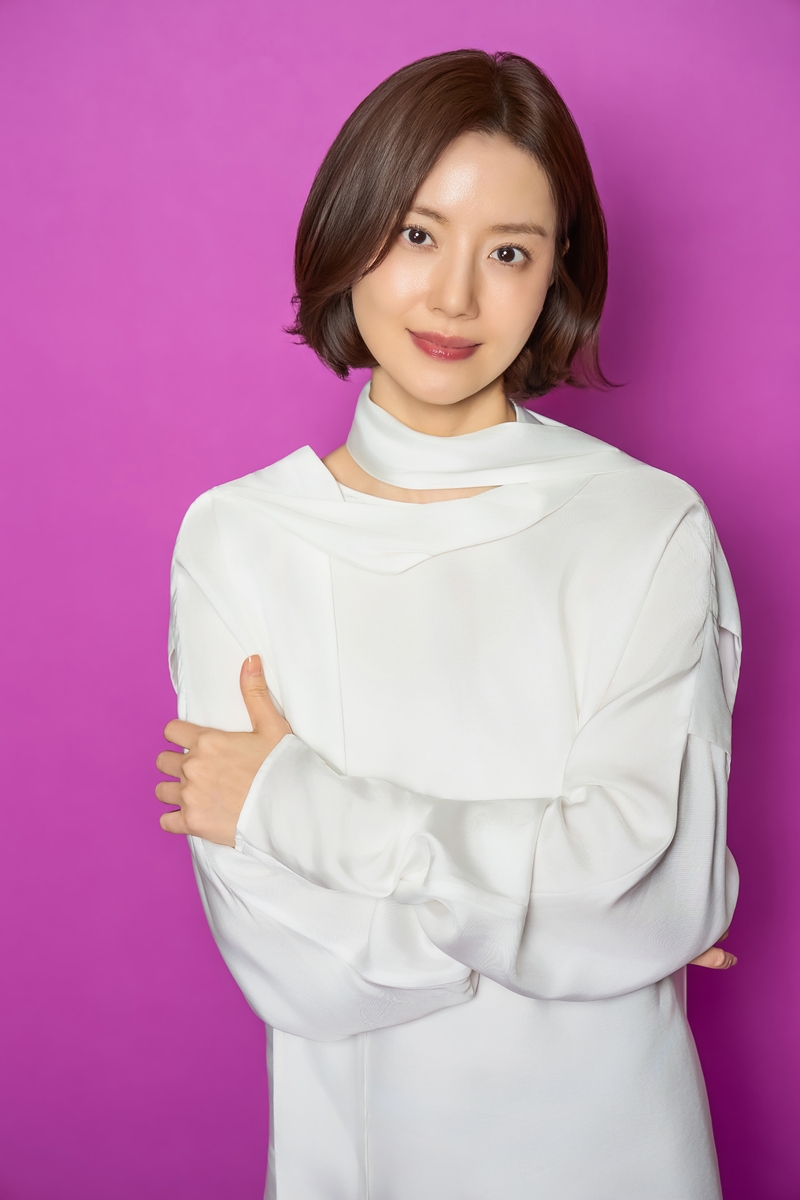*Editor’s note: K-VIBE invites experts from various K-culture sectors to share their extraordinary discovery about the Korean culture.
Larger Than Architecture: Yi Sang Returns
By Kim Won (Master K-architect)
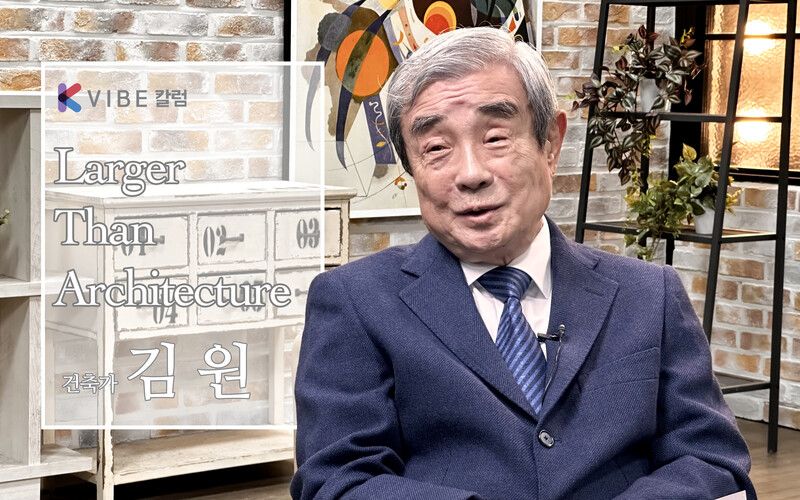
The first person to introduce me to the strange figure of Yi Sang was Professor Lee Eo-ryeong. It was over 50 years ago, when I was in middle school, and the discussions began with whether the Chinese characters in "Ogamdo" were incorrect. At that age, such complex poetry and provocative novels were like stimulants that captivated us. It was truly an "odd reversible reaction."
After immersing myself in Yi Sang's work throughout high school and entering university, I learned that Yi Sang was an alumnus of our school. It turned out that Gyeongseong High Technical School was the predecessor of Seoul National University of Technology. The Yi Sang we admired had studied architecture in the same classrooms about 30 years before us. Some professors who had studied with Yi Sang shared real stories about him as an architect before he became known as a poet.
Thus, during my university years, I remained fascinated by Yi Sang and spent my time in a bohemian lifestyle. I even drew architectural plans for the house of Yi Sang and Geum Hong. The house was designed with a reversed timeline: the woman worked at night, the man slept during the day; the space was reversed with the owner living in the inner room and the wife working in the outer room. We debated and drank over these architectural blueprints. During those harsh military revolution times, Yi Sang's decadence was our ideal.
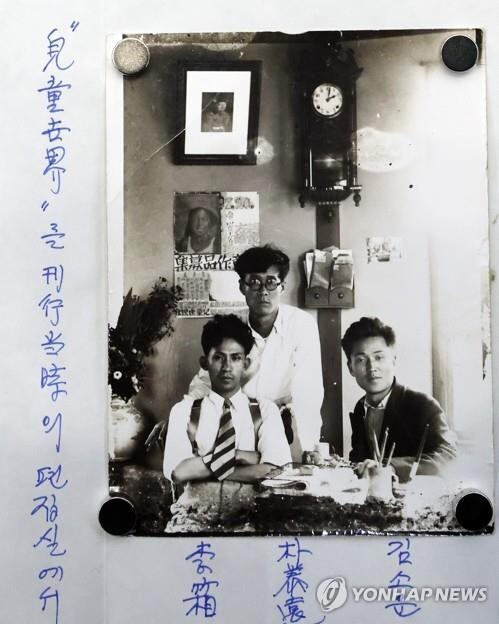 |
| ▲ Poet Lee Sang (L), novelist Park Tae-won (C) and poet Kim So-woon pose for the camera, in this old photo presumed to be taken around 1934-35. (PHOTO NOT FOR SALE) (Yonhap) |
For nearly 50 years, Yi Sang remained a constant presence. In 2002, I read a newspaper article that mentioned Yi Sang's house in Tongin-dong, very close to my home, was up for sale. Recently, in our neighborhood, the boarding house where poet Yun Dong-ju stayed had been demolished and replaced with a new building, causing a sense of loss. Driven by this, I immediately went to see Yi Sang's house. The elderly owner, a calligrapher, knew well about Yi Sang but could no longer maintain the house due to her age. She needed 300 million won immediately. I asked for a month's grace, which she granted.
From that day, my long-standing dream of preserving Yi Sang's memory began. Both the Poet's Association and the Writers' Association appreciated the idea but had no funds. After numerous complications, the last person I approached was Professor Lee Eo-ryeong, who readily agreed to meet with the mayor. He not only secured the funds to purchase the land but also agreed to a survey of other modern cultural heritage sites in similar situations and the establishment of a 50 billion won cultural foundation to manage them.
Despite everything going well, it took too long for the 300 million won to be available in cash. I convened the board of directors of the Kim Swoo Geun Foundation, where I was the secretary-general, and persuaded my junior directors. I argued that Yi Sang, who was a senior in architecture before being a poet, made this our foundation's responsibility. Thus, some funds were reallocated, but even after the promised year, the issue wasn't resolved, and I had to cover the amount myself. The real issue was not the money but avoiding the appearance of personal gain. Fortunately, the house was designated a cultural heritage site, and the Cultural Heritage Trust Fund acquired it, relieving me of the 300 million won burden.
Next, I focused on reviving this house as "Yi Sang's House." Consequently, the long-conceived "Jaebi Café" was opened. Arumjigi took charge of operations, and actress Son Sook became the first "madam," organizing an event titled "Yi Sang Returns." We aimed to engage in "strange" activities here. In these dry times, we sought to gather a few people to drink Yi Sang's tea, discuss his ideals, and find ways to transform our peculiar era with his unusual methods. However, like Yi Sang's desire to smell oranges at the end of his life, this effort seemed destined to fail.
Even today, during lunch, Professor Lee Eo-ryeong mentioned that Yi Sang's "Naljakuna" originated from the fins of a goldfish in a fish tank. Reflecting on Yi Sang's attempt to fly without wings and his ultimate failure, I realized that unless in a vacuum or zero gravity, any attempt to fly would inevitably lead to a fall.
(C) Yonhap News Agency. All Rights Reserved








